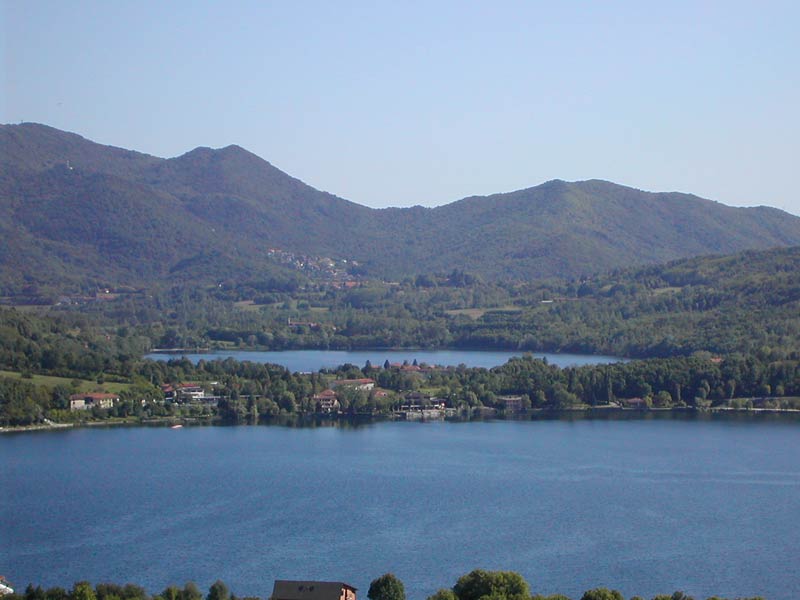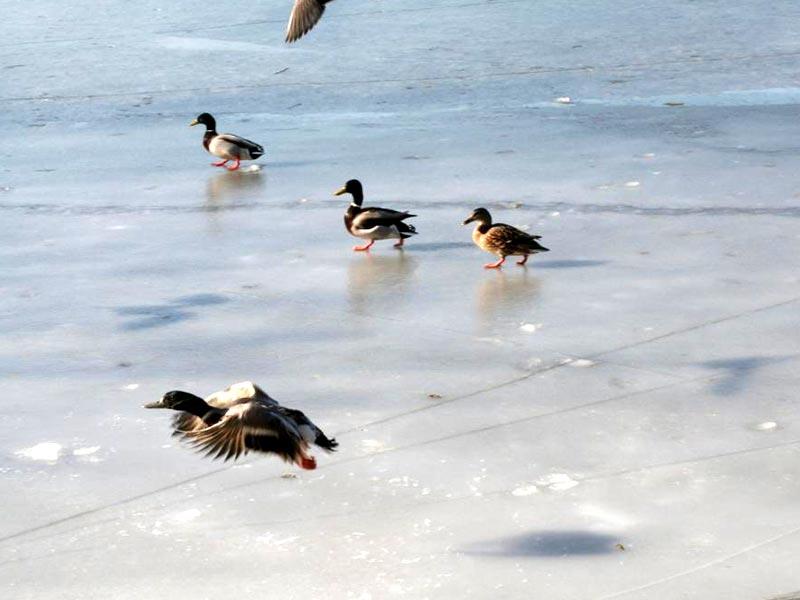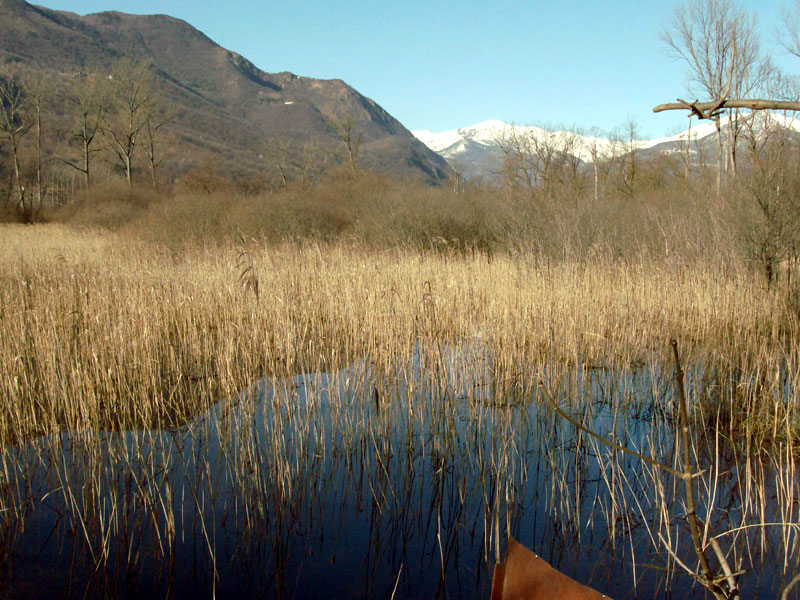Protected Area
Identity Card
- Land Surface Area: 409.39 ha
- Regions: Piemonte
- Provinces: Torino
- Municipalities: Avigliana
- Establishment Measures: LR 46 16/05/1980 - L.R. n. 19/2009 e s.m.i.
- PA Official List: EUAP0205
- Park Authority: Ente di gestione delle aree protette delle Alpi Cozie
The Park
Despite its limited surface, the territory of Avigliana is particularly
rich in different environments and ecological situations. The main
aspect of the area where modern man and nature are strictly linked one
to the other is represented by Avigliana Lakes that are, together with
the morainic formations surrounding them, an evidence of the latest two
glacial periods. Since ten thousand years, when the huge glacier of the
Wurm period withdrew, the natural history of these little basins has
been interlaced with the life of man. The evolution of the climate, of
the flora and of the fauna has shaped the life of the populations
living in the lower valley until the industrial age, when the
exploitation of water and energy resources and the wide urbanization
changed the ancient balances. The future of Avigliana Lakes depends on
the environmental recovery and requalification strategies used by man:
the establishment of the Park is at the same time a challenge and a
source of hope.
The main aims of the Park are the
following: safeguarding Mareschi wetland, recovering the hydrological
conditions of the lakes through the elimination of the causes of
pollution, controlling of the territory, improving the conditions of
the area, and promoting production activities in the respect of the
environment.
Even if its surface is little more than 400 hectares,
this area is rich in historical and naturalistic features of great
interest. In particular, in the Park there are different but interlaced
biotopes consisting of two lake basins, in the hills, and in Mareschi
wetland.
Given its geographical position, the area has been subject
during the centuries to a strong human pressure, evidence of which are
the prehistorical objects found during the excavations for the peat
winning (nowadays these objects are preserved in three museums: "Museo
di Antichità" in Turin, and "Musei delle Facoltà di Geologia ed
Antropologia" of the University of Turin).
Protected by the ridges
of Montecapretto and Pezzulano, with the ruins of the castle, the town
of Avigliana has developed throughout the centuries as a "border" town,
and today many medieval monuments can be admired along its charming
roads.
The Park aims not only at protecting the environment, but also at
creating a symbiosis with the town of Avigliana based on the respect of
the natural balances.
A number of services are provided in the Park
(itineraries, information structures, fishing ecomuseum, different
publications, orienteering map) to meet the visitors' requirements. In
particular, a continuous didactic relationship has been established
with the schools (guided visits, conferences, projections), and
structures for people with disabilities have been created (easy
accessible tracks, braille reading-desks, audiocassettes for blind
people, reserved tables and parking areas).
Of particular interest
the "museum points" situated in different parts of the Park, dealing
with the different aspects of the fishing activity in Avigliana Lakes:
its natural, technical, economic aspects starting from the Bronze Age
(2nd millennium BC) until mid-20th century.
The Lakes
The origins of Avigliana Lakes and of the morainic amphitheater date back to the last two glaciations of the Pleistocene period.
Probably the glacial events led to the formation of four lake basins, among which the peatbog of Trana and the current Mareschi wetland which were soon covered by the detritus coming down from the surrounding hills.
The fish population is mainly characterized by cyprinids, and among the fish of the two lakes there are pikes, bleaks, tenches, carps, different kinds of perches, and eels.
Each palustrine basin has its particular features. As a matter of fact, Lago Piccolo (60 hectares, 356m. above sea-level), which throws its waters in Lago Grande (90 hectares, 352m above sea-level), presents without a doubt more natural features, because it is surrounded by forests, meadows, and by a rather large cane-brake.
During the autumn and the winter, hundreds of birds of different species gather around the lakes: among them, pochards, tufted ducks, teals, wigeons, moorhens, and shovelers.
Lago Piccolo is particularly interesting for the observation of mallards, coots swimming over the surface of its waters, grey herons, and cormorants.
Among the most characteristic animals there is the great crested grebe: you can admire its spectacular courtship parade, called "dance of the mirror", at the end of the winter - beginning of the spring.
Subsequently, the floating nest built by the couples, and the chicks brought on the back of the parents during their first moves are public demonstrations offered to birdwatchers.











